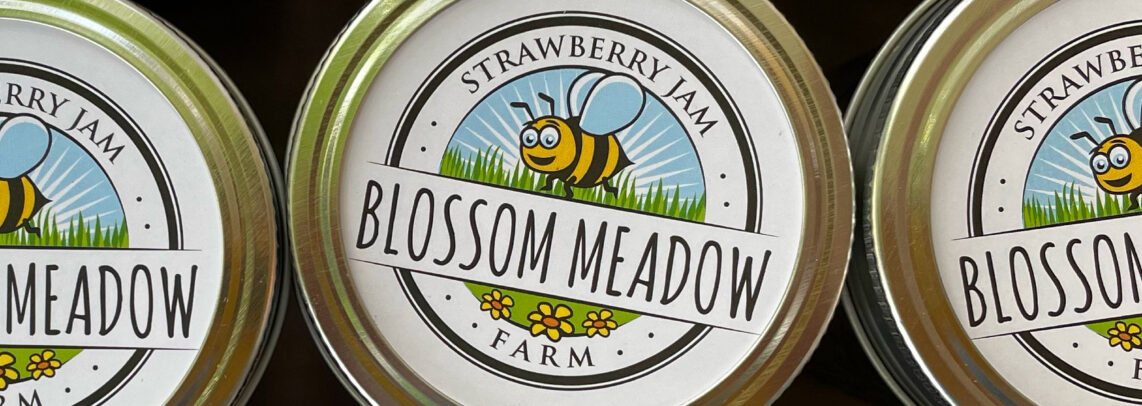You may notice more females (the larger cocoons) in your 2023 fall harvest than in past years. I’ve noticed a higher ratio of females than males in my own harvest as well as in the bees I bought back from ranchers at the October 2023 harvest parties. While the typical sex ratio for blue orchard bees is 2 females for every 3-4 males in both managed and wild-trapped populations (Bosch and Kemp 2001), my supposition is that the mated mason bee females in the NY metro area likely succumbed to the record-setting spring temperatures in the region before they laid many male eggs.
According to the graphic appended below (Sgolastra et al. 2015), the Blue Orchard Mason Bee actively nests in temperatures of 50-59°F. As per the National Weather Service temperature graphics for Orient State Park (NY) and Islip (NY) appended below, there were two periods of prolonged heat above this temperature range during the time the mason bees were flying adults.
If there were significantly more males than the typical sex ratio, then I would think that there could be two possible issues:
1. Lack of food (flowers). Producing male bees requires significantly less pollen (protein) and nectar (carbohydrates) to produce in comparison to daughters.
2. Females did not mate when they emerged from their cocoons. Unmated females can only lay male eggs.
Since the sex ratio is skewed toward females, I think it is a weather issue.
Does this perk your ears up in alarm? It does mine a bit but keep in mind that a mated female mason bee decides to lay a female or a male egg based on available food resources and foraging distance, as well as the maternal size and age of the mated female. I imagine that sex ratios could come back into the normal range reported in the literature in the 2024 field season if next year’s temperatures stay within the range preferred by mason bees for their entire nesting period and/or the unmated females successfully lay male eggs that develop into viable adults (although males can mate multiple times, there may be an overabundance of available ladies in 2024 given the skewed ratios?).



References
Bosch, J., and W. P. Kemp. 2001. How to manage the blue orchard bee as an orchard pollinator. Sustainable Agriculture Network. Beltsville, Maryland.
Sgolastra, Fabio & Arnan, Xavier & Pitts-Singer, Theresa & Maini, Stefano & Kemp, William & Bosch, Jordi. 2015. Pre-wintering conditions and post-winter performance in a solitary bee: Does diapause impose an energetic cost on reproductive success?. Ecological Entomology. 41. n/a-n/a. 10.1111/een.12292.

